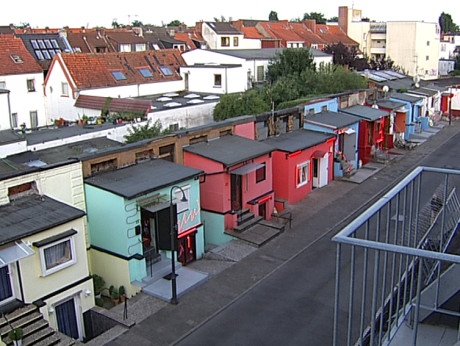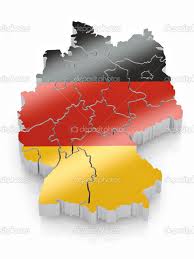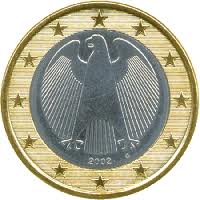Helenenstraßsse - Bremen
The builder Carl Philip Weiland originally planned the road as running between the streets of Vor dem Steintor and Auf der Kuhlen. However, because the widow Helene Engelken refused to sell him her land, the street became just a cul-de-sac leading off from Vor dem Steintor - it is the only genuine cul-de-sac in the so-called "Viertel" district of Bremen. The builder took the decision to name the street after the widow, the buildings themselves being, as was usual at the time in Bremen, the so-called "Altbremer Houses" typical of the Gründerzeit, i.e. the early days of the German Empire. This type of house continued to be built into the 1930s and still characterize the town today.
Shortly after its construction, the Bremen Senate designated it in 1878 as a red-light district. Prostitutes were registered and at the entrance to the street a police station was erected to prevent pimping. The purpose of this action was above all to restrict the spread of sexual diseases in Bremen, and particularly any exotic diseases that might be brought over by the seamen using the port. And so strong emphasis was placed on the use of condoms and medical examinations. The buildings were fitted out with toilets and a bathing room. The women were prohibited by police ordinances from talking to men or soliciting outside the street, they were not allowed to visit the theater or a museum, were not allowed to keep dogs or cats and were not allowed to walk in the park 'am Wallgraben' or the 'Bürgerpark'. In spite of this, strong opposition sprung up to the idea from the citizens of the town and in 1879 a petition with 2,200 signatures of objectors was submitted The Senate and the Staatsrat of Bremen however were proud of this initiative, unique within Deutschland. A wooden model of the Helenenstraße was even constructed by the Senate and displayed at international health exhibitions.
In 1926, prostitution in the street was prohibited by the Communist and Social Democrat members of the City Council, under pressure from the women's movement. The street itself was re-named as Frankenstraße. As many of the prostitutes in the street had in the meantime becomes owners of the properties, the trade continued to be carried on in the street clandestinely. The Nazis allowed prostitution again in 1934 and in 1936 the street became officially Helenenstraße again.
The street was severely damged during the war and this has not been put right even to the present day. One side has been restored but the houses there are often empty, while on the other side, the remains of the Wintergärten remain, and the girls use small 'houses', the so-called Butzen.
Compared to the hundred or so women working here during its high-point, the street now houses maybe half that number.


